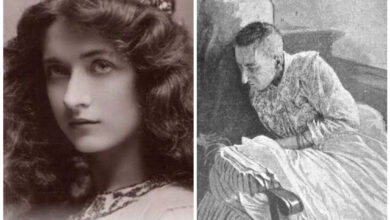
Georgia – Adoption of Christianity
Before adoption of Christianity, the cult of Mithras and Zoroastrianism were commonly practiced in Iberia from the first centuries AD. The cult of Mithras, distinguished by its syncretic character and thus complementary to local cults, especially the cult of the Sun, gradually came to merge with ancient Georgian beliefs. The western Georgian Kingdom of Iberia became one of the first states in the world to convert to Christianity in 327 AD, when the King of Iberia Mirian II established it as the official state religion. However, the date varies based on numerous accounts and historical documents, which indicate Iberia adopting Christianity as a state religion in AD 317, 324, etc. According to Georgian chronicles, St. Nino of Cappadocia converted Georgia to Christianity in AD 330 during the time of Constantine the Great. By the middle of the 4th century though, both Lazica (formerly the Kingdom of Colchis) and Iberia adopted Christianity as their official religion. During the 4th and most of the 5th centuries, Iberia (known also as the Kingdom of Kartli) was under Persian control. The Kingdom was abolished and the country was ruled by the governors appointed by the Shahs. At the end of the 5th century though, Prince Vakhtang I Gorgasali orchestrated an anti-Persian uprising and restored Iberian statehood, proclaiming himself the King. After this, the armies of Vakhtang launched several campaigns against both Persia and the Byzantine Empire. However, his struggle for the independence and unity of the Georgian state did not have lasting success. After Vakhtang’s death in 502, and the short reign of his son Dachi (502-514), Iberia was reincorporated into Persia as a province once again. However this time the Iberian nobility were granted the privilege of electing the governors, who in Georgian were called erismtavari. By the late 7th century, the Byzantine-Persian rivalry for the Middle East had given way to Arab conquest of the region.




